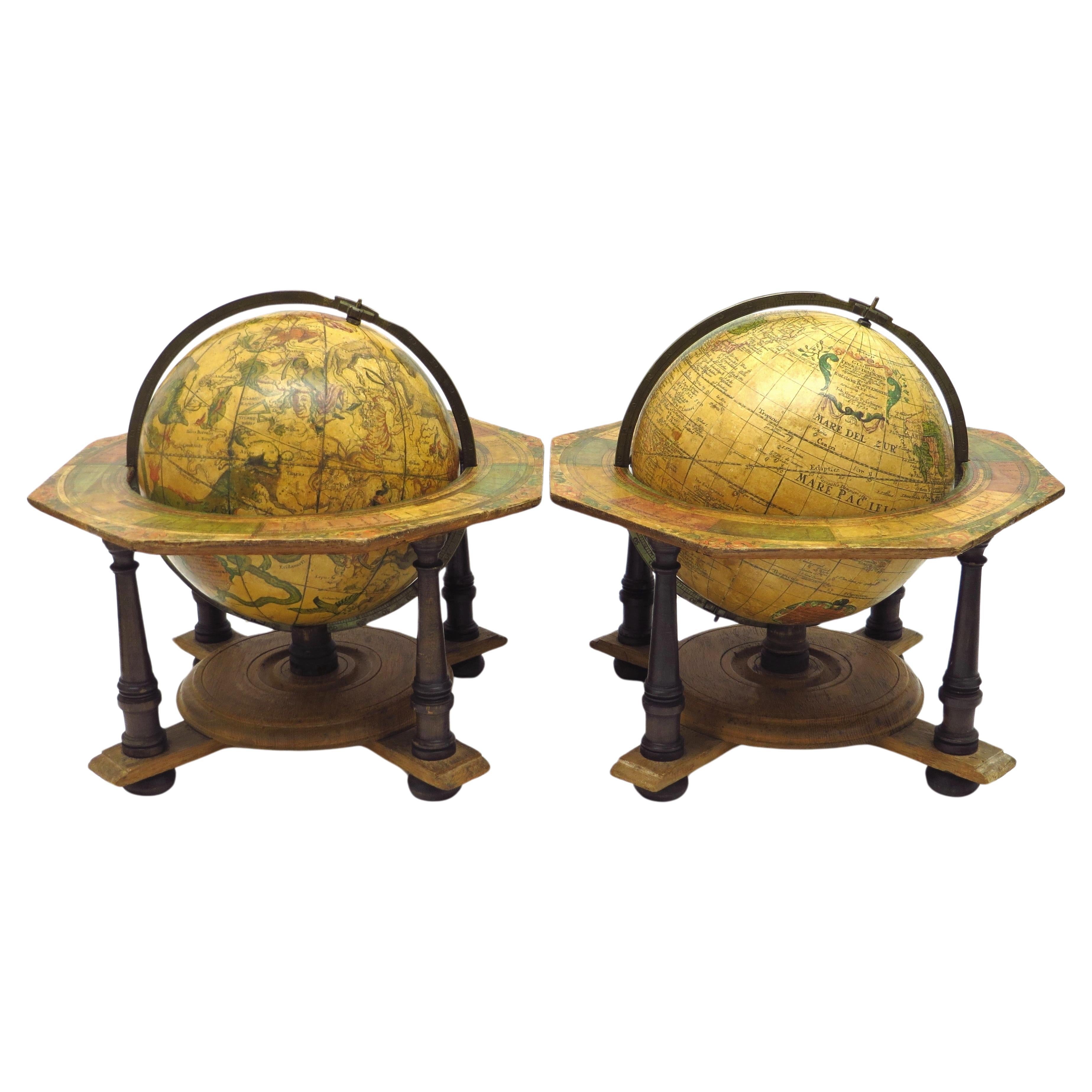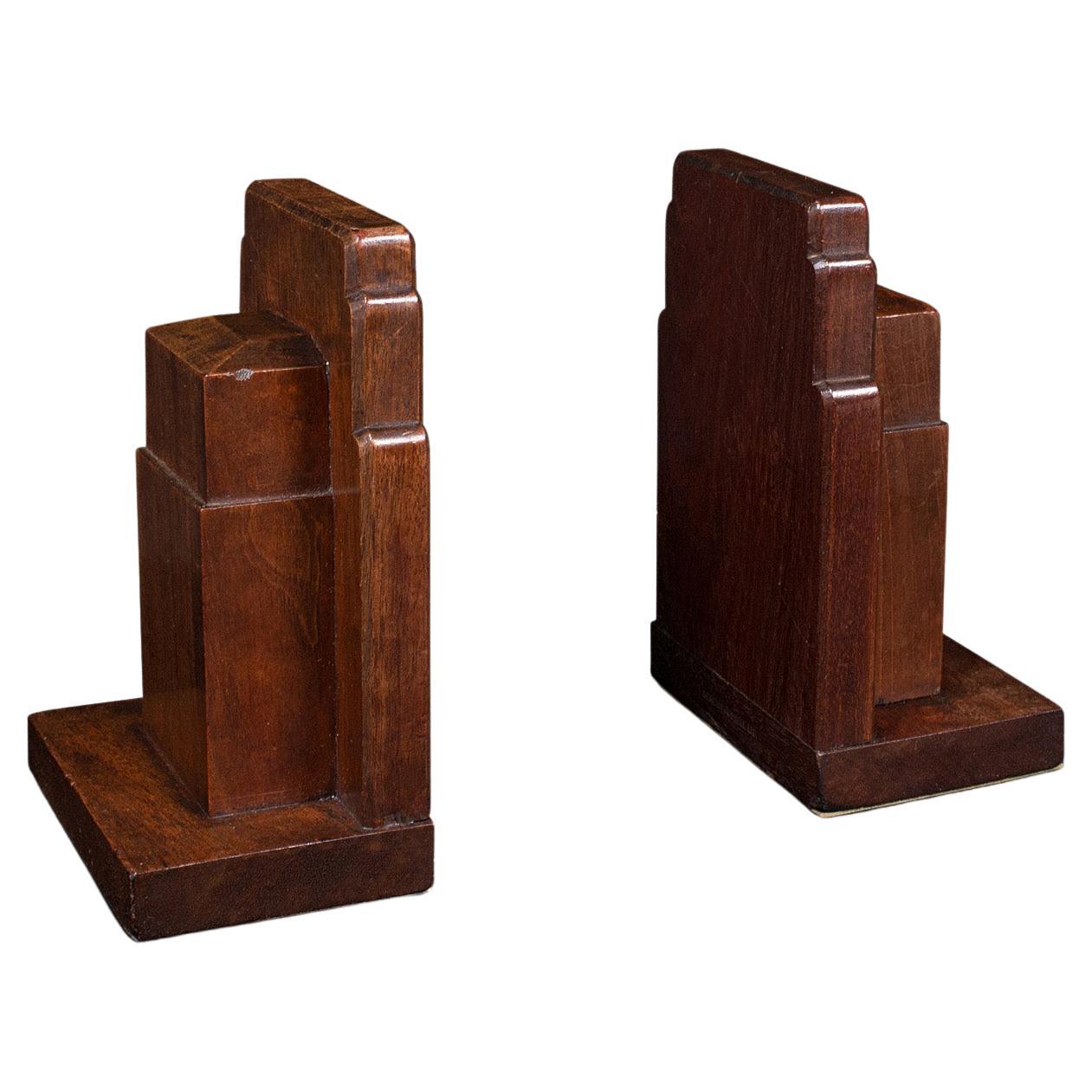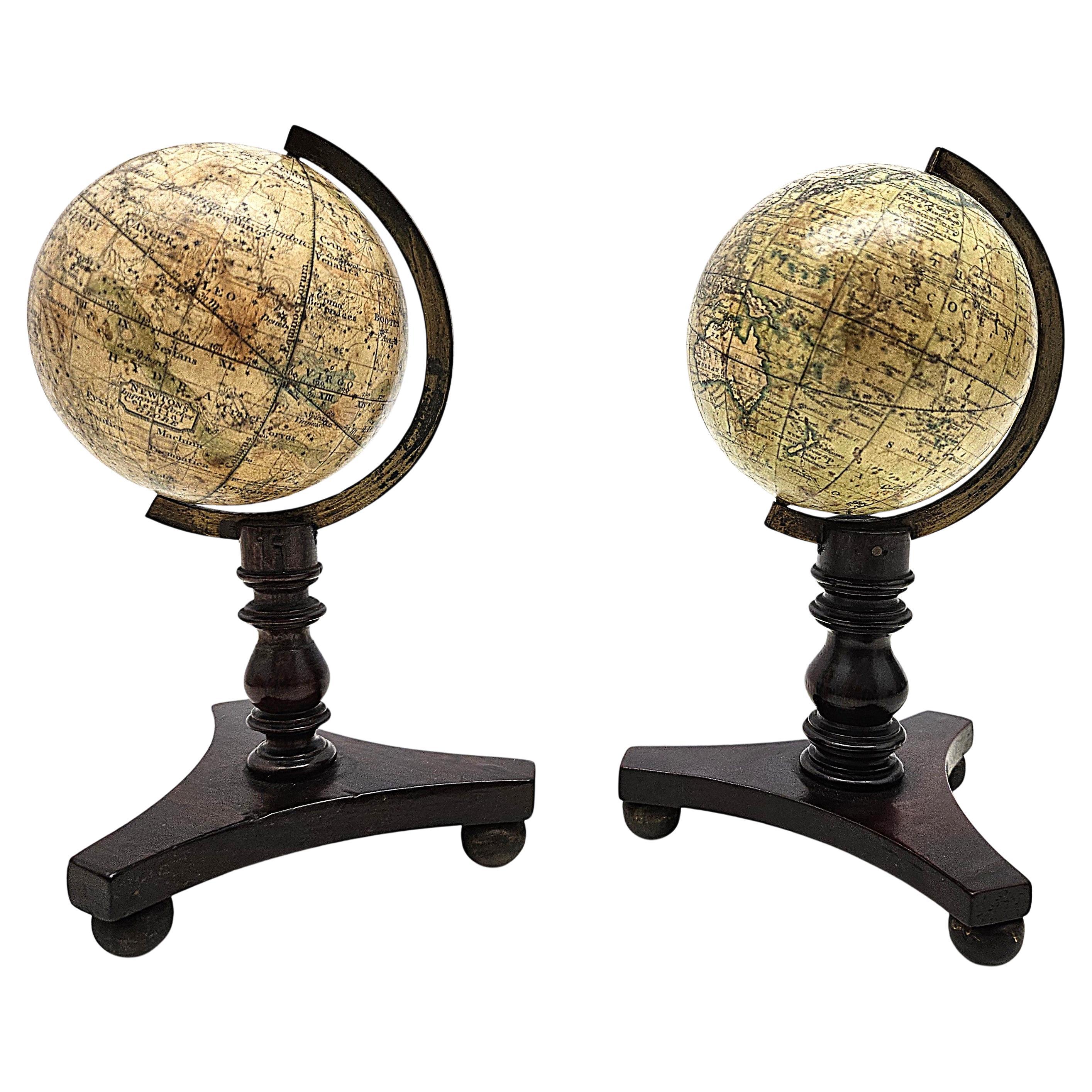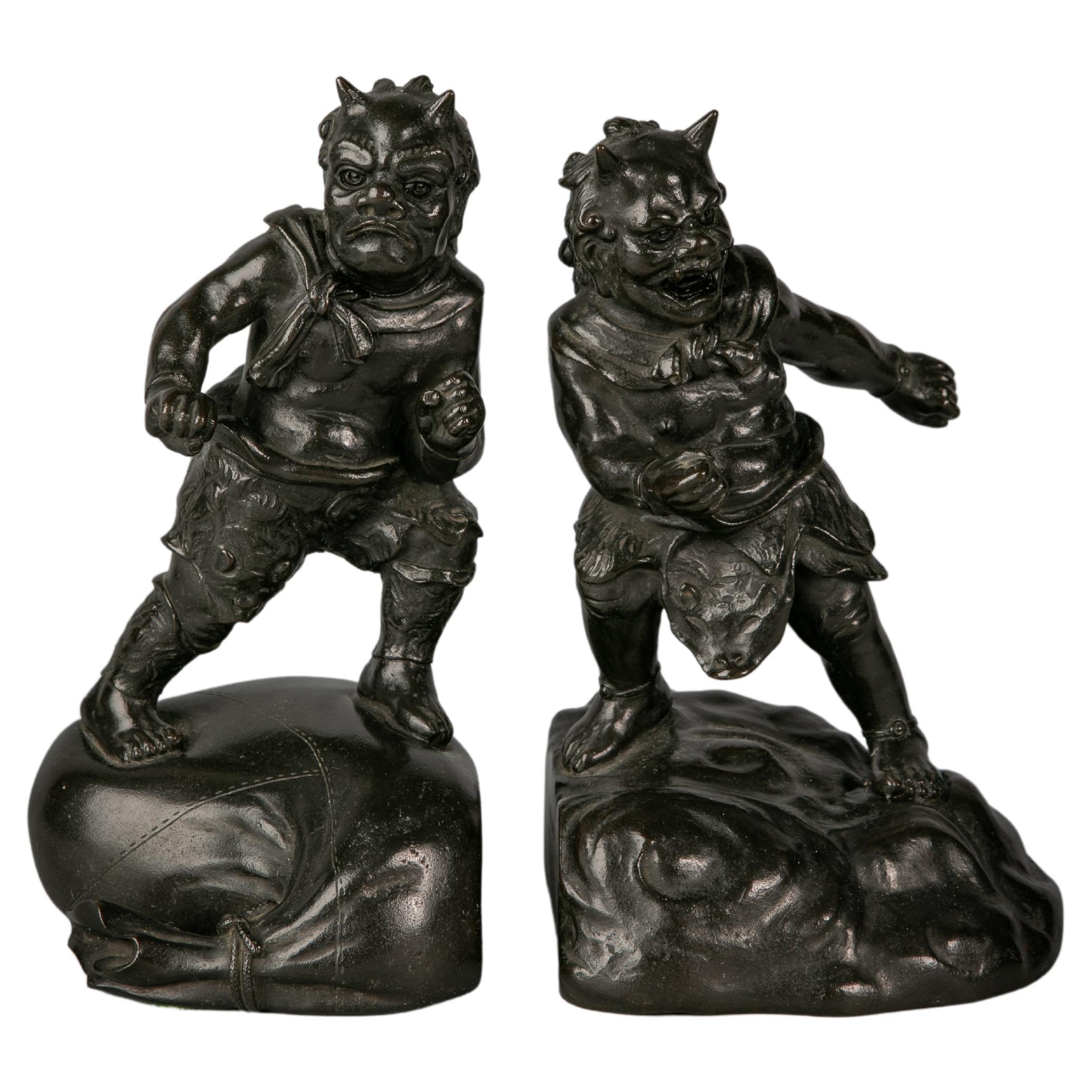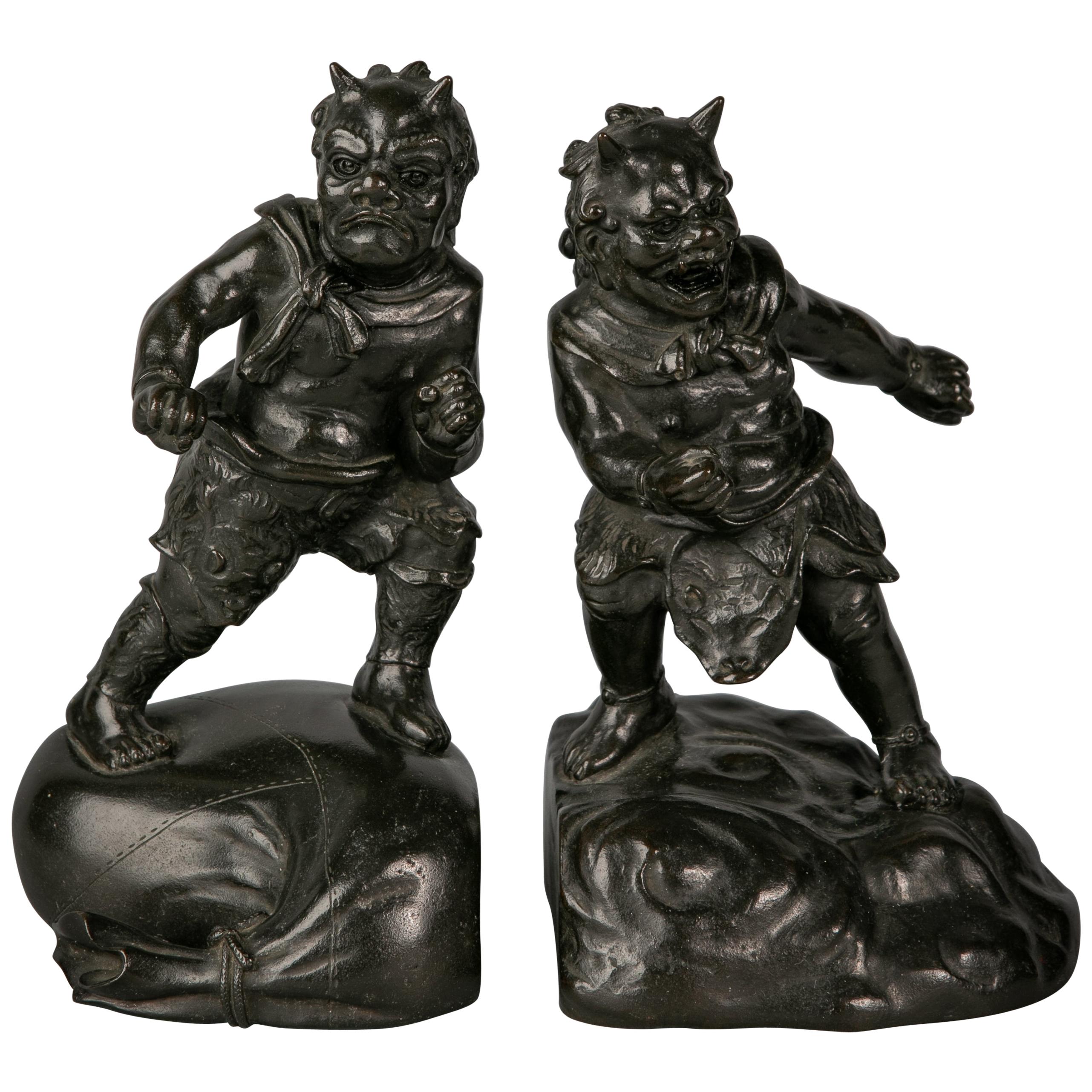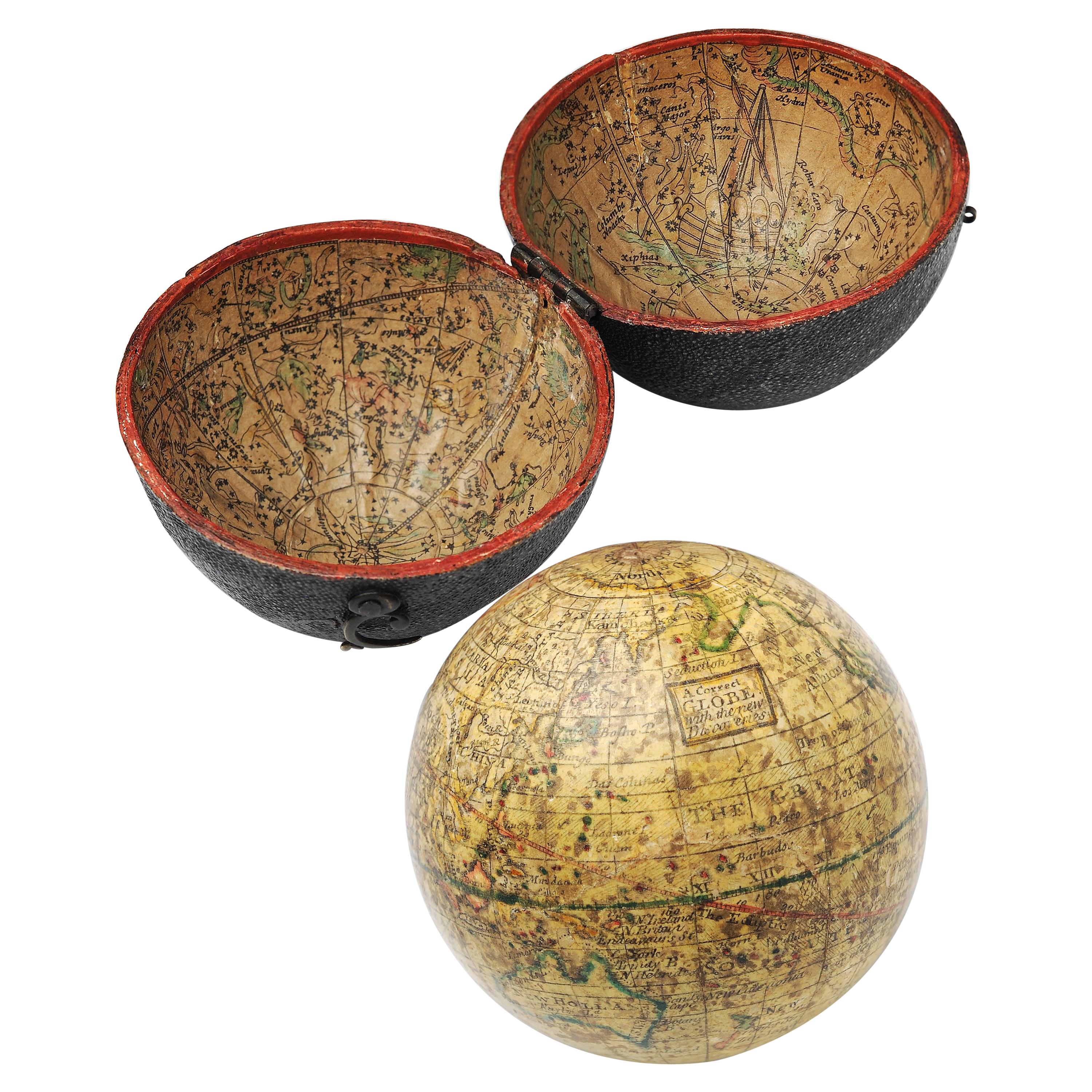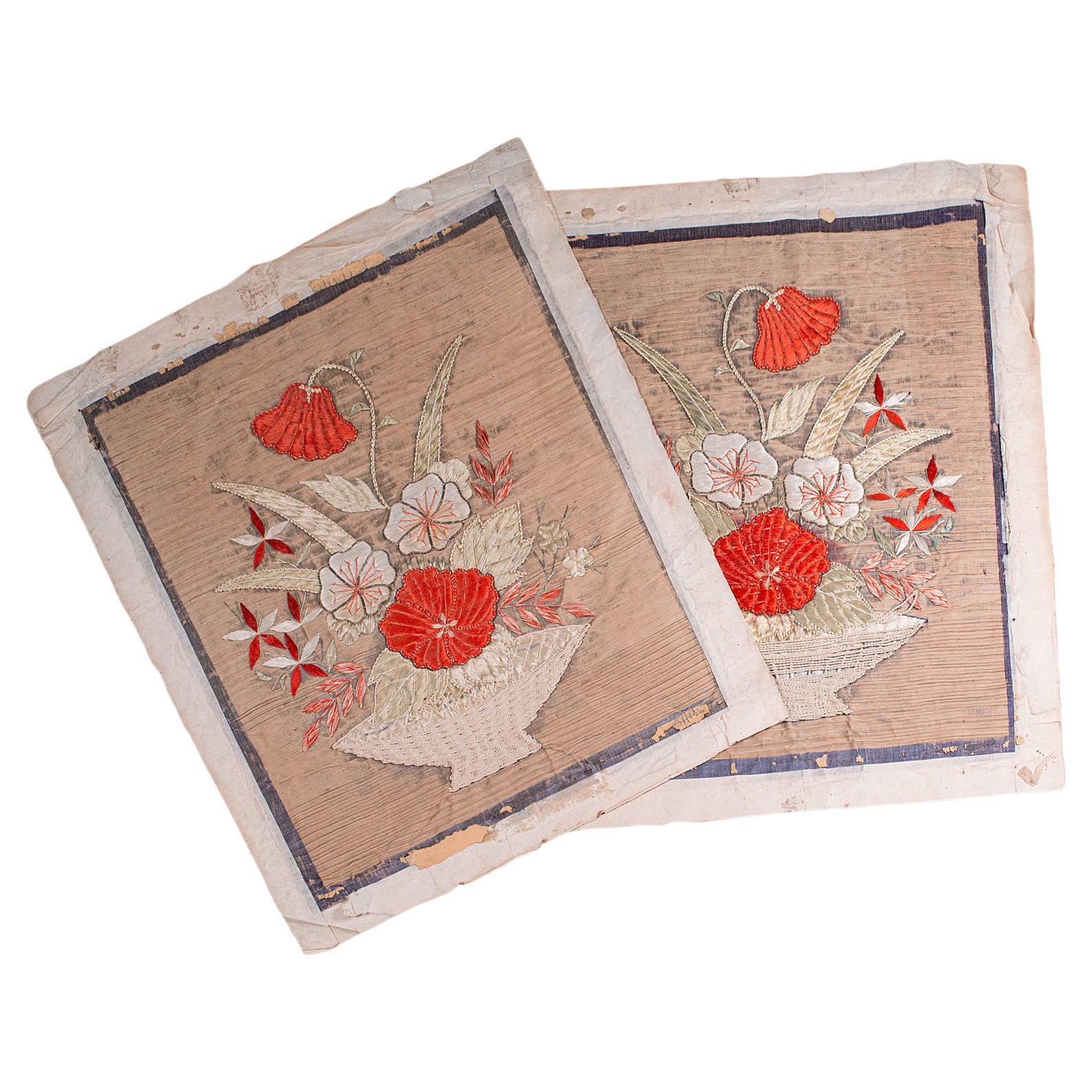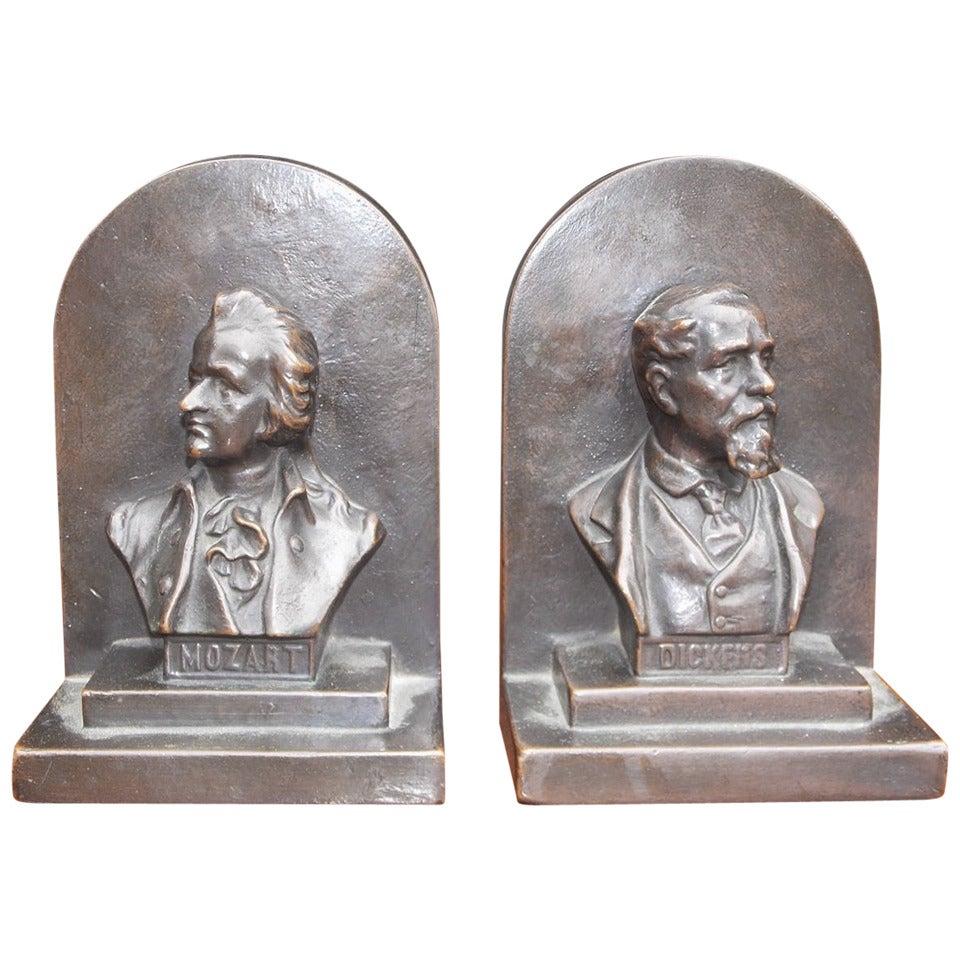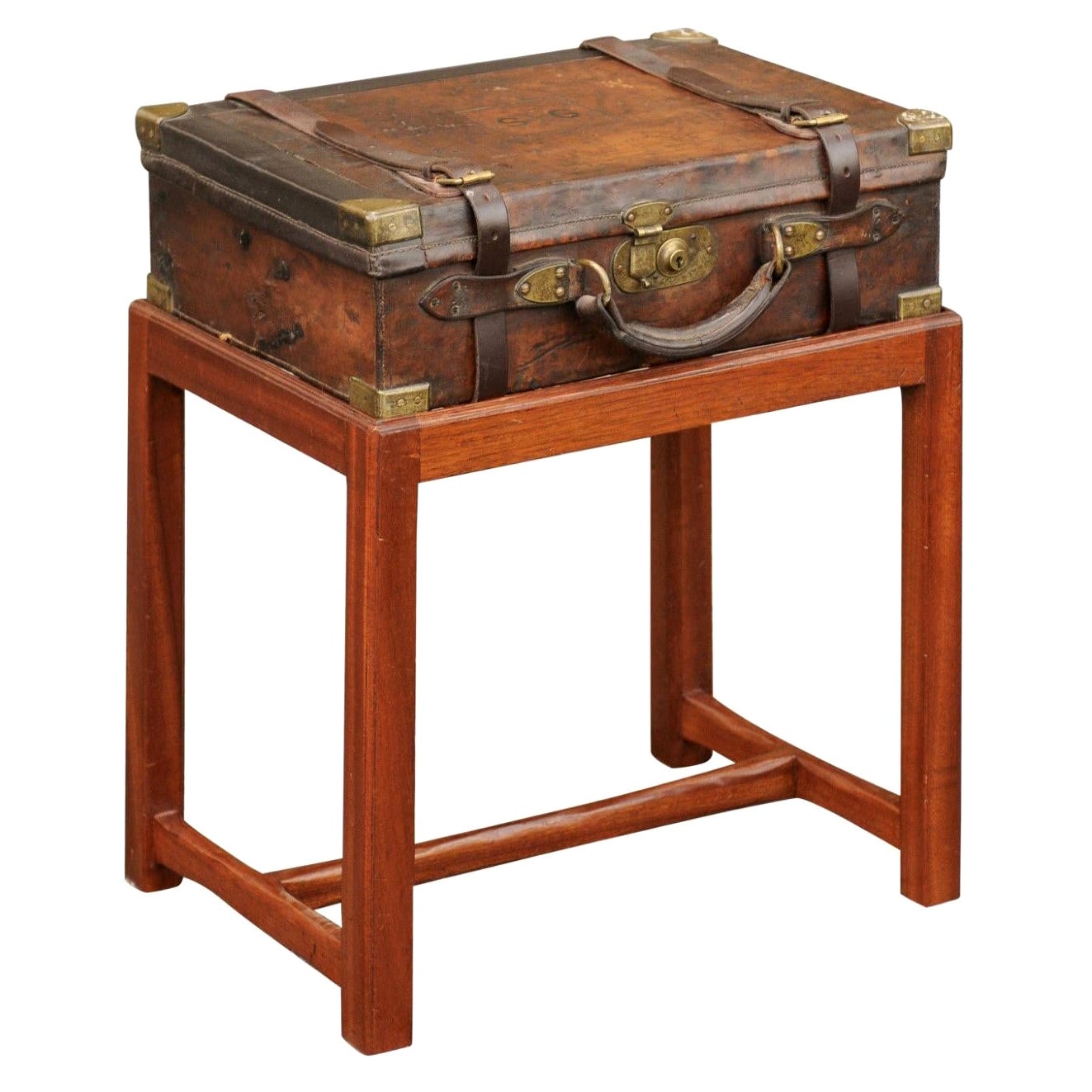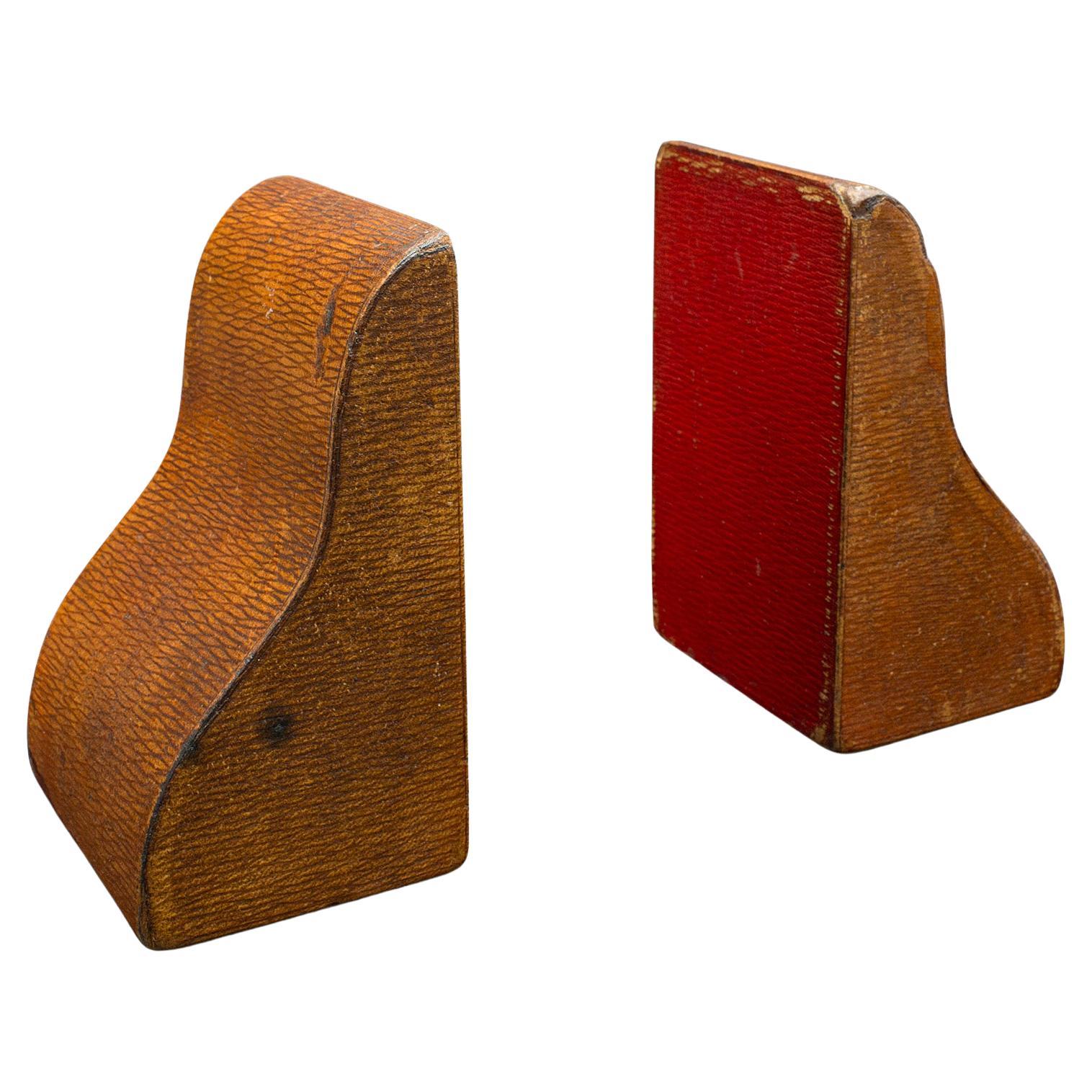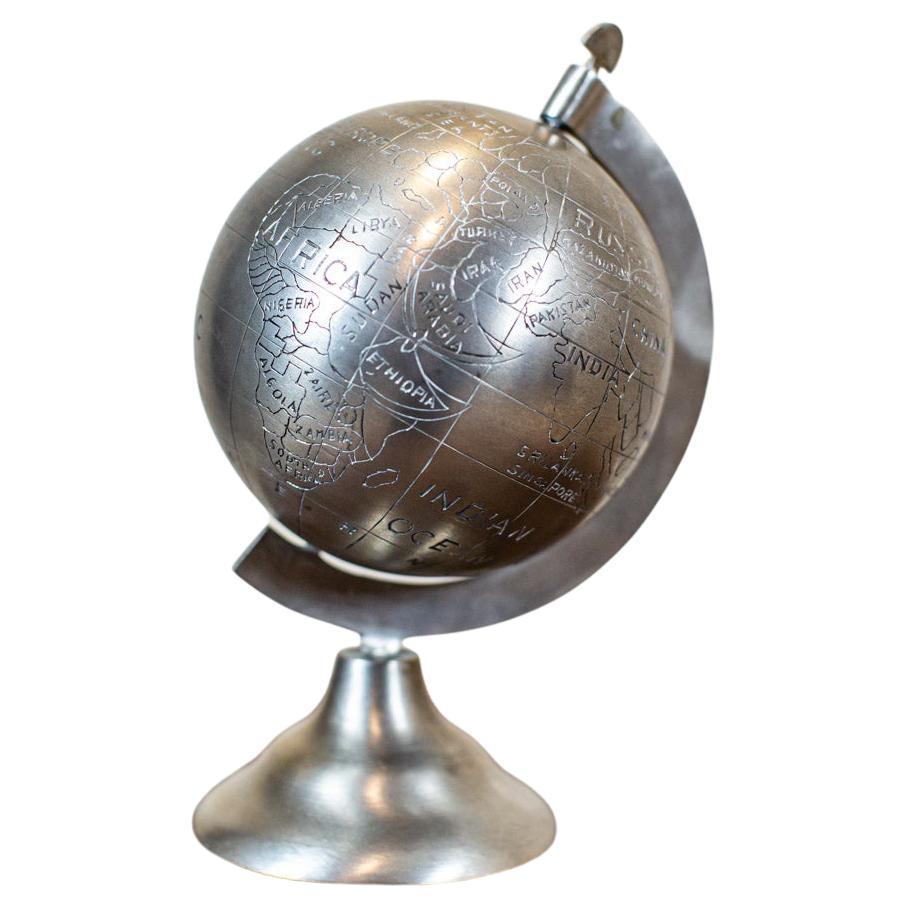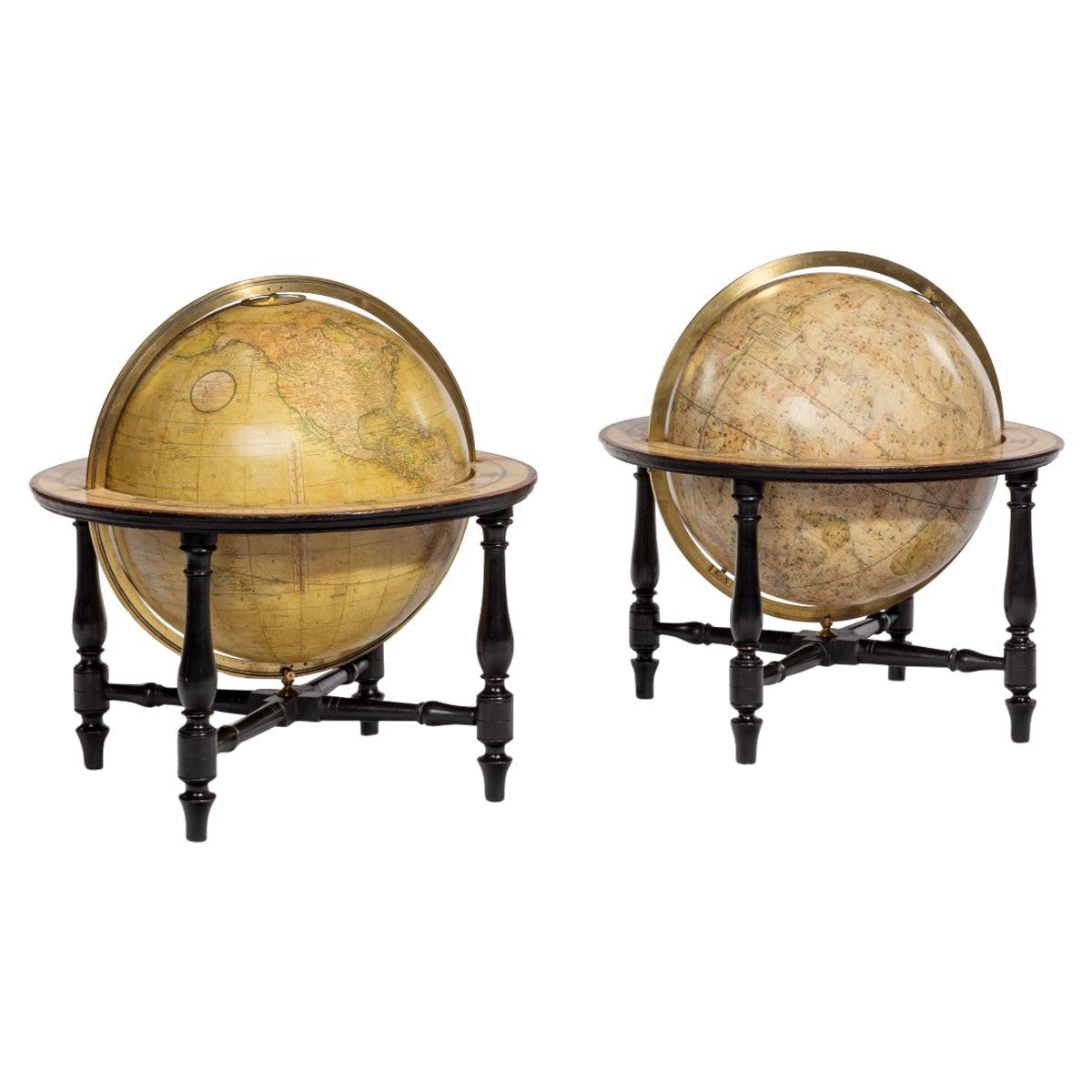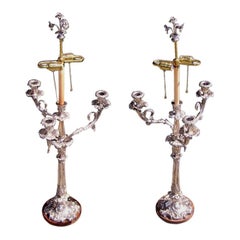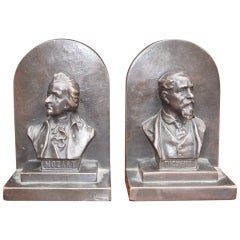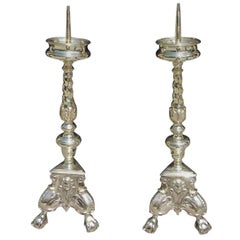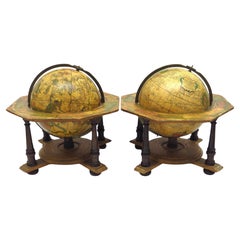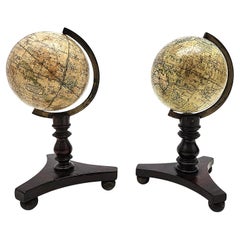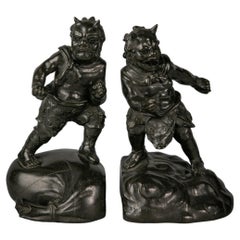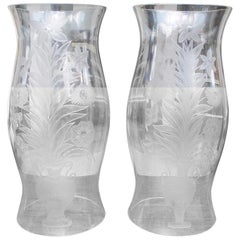
Pair of English Serpentine Form Decorative Floral Hurricane Globes. Circa 1880
View Similar Items
Want more images or videos?
Request additional images or videos from the seller
1 of 9
Pair of English Serpentine Form Decorative Floral Hurricane Globes. Circa 1880
About the Item
- Dimensions:Height: 15.5 in (39.37 cm)Width: 7 in (17.78 cm)Depth: 7 in (17.78 cm)
- Style:Victorian (Of the Period)
- Materials and Techniques:
- Place of Origin:
- Period:
- Date of Manufacture:Circa 1880
- Condition:Wear consistent with age and use.
- Seller Location:Charleston, SC
- Reference Number:Seller: # 46021stDibs: LU887211369481
About the Seller
4.7
Vetted Professional Seller
Every seller passes strict standards for authenticity and reliability
Established in 1970
1stDibs seller since 2010
426 sales on 1stDibs
Typical response time: 8 hours
Authenticity Guarantee
In the unlikely event there’s an issue with an item’s authenticity, contact us within 1 year for a full refund. DetailsMoney-Back Guarantee
If your item is not as described, is damaged in transit, or does not arrive, contact us within 7 days for a full refund. Details24-Hour Cancellation
You have a 24-hour grace period in which to reconsider your purchase, with no questions asked.Vetted Professional Sellers
Our world-class sellers must adhere to strict standards for service and quality, maintaining the integrity of our listings.Price-Match Guarantee
If you find that a seller listed the same item for a lower price elsewhere, we’ll match it.Trusted Global Delivery
Our best-in-class carrier network provides specialized shipping options worldwide, including custom delivery.More From This Seller
View AllPair of English Hand Chased Floral Beaded Candlesticks, Circa 1790
Located in Charleston, SC
Pair of English candlesticks with hand chased floral bulbous bobeches, beaded & floral decorative chased columns, and terminating on circular chased cross hatching floral bases, Late...
Category
Antique 1790s English George III Candlesticks
Materials
Nickel, Silver, Tin
Pair of English Sheffield Monumental Hand Chased Floral Candelabras. Circa 1780
Located in Charleston, SC
Pair of English three arm Sheffield Candelabras with trumpet floral finial , chased scrolled floral arms, and resting on chased floral wood bases. Candelabras have been converted ...
Category
Antique 1780s English George III Table Lamps
Materials
Copper, Silver
Pair of American Bronze Bookends " Mozart & Dickens, " Circa 1880
Located in Charleston, SC
Pair of American bronze bookends," Mozart & Dickens" Late 19th Century
Category
Antique 19th Century American Bookends
Materials
Bronze
Pair of Italian Brass Figural and Decorative Foliage Prickets, Circa 1760
Located in Charleston, SC
Pair of Italian brass prickets with upper ringed bobeches, centered candle spikes, turned bulbous decorative spiral floral columns, supported on triangula...
Category
Antique 1760s Italian Neoclassical Table Lamps
Materials
Brass
Pair of English Polished Steel Wheat Sheaths Book Ends, Circa 1840
Located in Charleston, SC
Pair of English cast polished steel wheat sheaths book ends resting on step back rectangular plinths, Early 19th Century.
Category
Antique 1840s English George IV Bookends
Materials
Steel
Pair of French Brass Figural and Floral Candlesticks, Circa 1770
Located in Charleston, SC
Pair of French brass two-arm figural candlesticks with ladies holding fruit baskets, scrolled floral arms, decorative floral medallions, original removable bobeches, and resting on s...
Category
Antique 1770s French Louis XV Candlesticks
You May Also Like
A decorative pair of rare table globes in a fine condition.
By Johann Gabriel Doppelmayr
Located in ZWIJNDRECHT, NL
These pair of globes, dated 1730, are original and in fine condition.
Title:
Globus terrestris novus Loca Terrae insigniora sec. praestant Astron. et Geogr. observationes sistens op...
Category
Antique Early 18th Century German Baroque Globes
Materials
Other
Vintage Pair of Decorative Bookends, English, Walnut, Gordon Russell, Circa 1930
Located in Hele, Devon, GB
This is a vintage pair of decorative bookends. An English, walnut book rest by Gordon Russell Limited, dating to the early 20th century, circa 1930.
A dashing bookend set, with ov...
Category
Mid-20th Century British Bookends
Materials
Walnut
Lovely pair of English miniature globes on carved wooden stands
By Newton and Son
Located in ZWIJNDRECHT, NL
“NEWTON’S NEW & IMPROVED TERRESTRIAL and CELESTIAL GLOBES".
PUBLISHED BY NEWTON & SON,
66 CHANCERY LANE, LONDON.”
No date but ca. 1820-1830.
Diameter globes 2.75 inches / Total heig...
Category
Antique 1820s British Victorian Globes
Materials
Wood
Pair of Japanese Bronze Bookends, circa 1880
Located in New York, NY
Pair of Japanese Bronze Bookends, circa 1880
Category
Antique 1880s Japanese Figurative Sculptures
Materials
Bronze
Pair of Japanese Bronze Bookends, circa 1880
Located in New York, NY
Pair of Japanese bronze bookends, circa 1880.
Category
Antique 1880s Japanese Figurative Sculptures
Materials
Bronze
English Pocket Globe, London, Circa 1775-1798
By Herman Moll
Located in Milano, IT
Pocket globe
London, between 1775 and 1798
Re-edition of the globe of Hermann Moll (1678-1732) dated 1719
The globe is contained in its original case, which itself is covered in shark skin.
There are slight gaps in the original paint on the sphere. The case no longer closes.
The sphere measures 2.7 in (7 cm) in diameter whereas the case measures 2.9 in (7.4 cm) in diameter.
lb 0.22 (kg 0.1)
The globe is made up of twelve printed paper gores aligned and glued to the sphere.
In the North Pacific Ocean there is a cartouche with the inscription:
A Correct
Globe
with the new
Discoveries.
The celestial globe is depicted on the inside of the box and is divided into two hemispheres with the cartouche:
A correct globe
with ye new cons
relations of Dr.
Halley & c.
It shows the ecliptic divided into the days of the zodiacal calendar and the constellations represented as animals and mythological figures.
On the globe are delineated the equinoctial line, divided by degrees and hours, the ecliptic and the meridian (passing west of Greenwich). The continents are shaded and outlined in pink, green and yellow. It shows: the Cook routes; a wind rose in the Southern Indian Ocean; Antarctica without land; Africa with Negroland (Hermann Moll is considered the first geographer to name the West African region in his 1727 map. (Encyclopaedia Britannica, ed. 1902, under "States of Central Africa"); Tartary in Central Asia; the Mogul kingdom in northern India; in North America only New England, Virginia, Carolina, Florida, Mississippi are identified; California is already a peninsula; the northwest coast of America is "unknown parts" (Alaska is not described and it is only partially delineated, it was to become part of the United States in 1867); Mexico is named "Spain"; Central South America "Amazone America". Australia (which was to be so named after 1829) is called New Holland. The route of Admiral Anson is traced (1740) and the trade winds are indicated by arrows. (See Van der Krogt, P., Old Globes in the Netherlands, Utrecht 1984, p. 146 and Van der Krogt, P. - Dekker, E., Globes from the Western World, London 1993, pp. 115.)
Elly Dekker, comparing Moll’s 1719 globe and his re-edition (of which the one described above is a sample), identifies the differences between them: the two editions are quite similar to each other, but in the "anonymous" globe, compared to the previous globe of 1719, California looks like a proper peninsula - the reports of the Spanish explorers of the region had given rise to uncertainty over whether it was connected to the mainland or not. The geographical nature of California was confirmed after the explorations of Juan Bautista de Anza (1774-1776). The routes of Dampier's journey were partially erased and the route of Captain James Cook's first voyage was superimposed on them, and the geography of Australasia was adapted accordingly, including the denomination of the Cook Strait. See Dekker, Elly, Globes at Greenwich, 1999.
An important ante quem element is represented by Tasmania: it is not separated from Australia by the Bass Strait...
Category
Antique Late 18th Century English George III Globes
Materials
Shagreen, Paper
Recently Viewed
View AllMore Ways To Browse
Hurricane Globe
World Globe On Stand
Antique Celestial Globe
Antique Globe And Stand
Library Globe
Globe Floor Stand
Root Wood Carving
Antique Floor Globe
Luigi Xv
Zodiac Globe
Tripod Globe
French Terrestrial Globe
Globe On Stand Floor Globe
George Gore
Vintage Replogle Globes
Black Globes
Brass Celestial Globe
Military Globe
